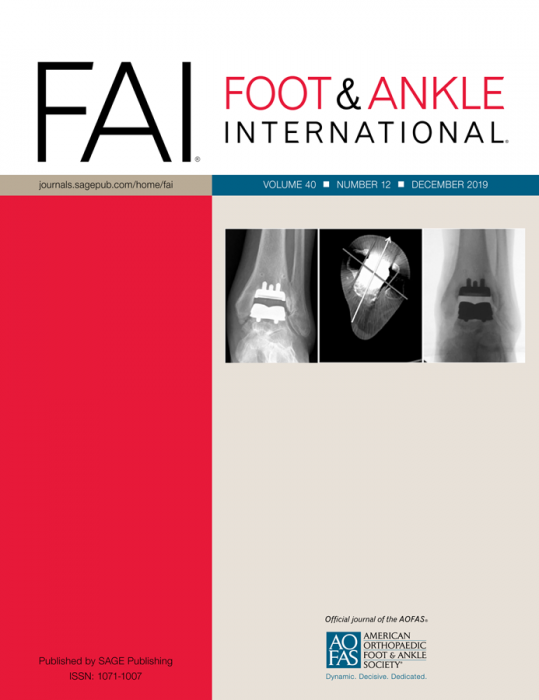
Dehydrated human amnion/chorion membrane (dHACM) injection vs. placebo for plantar fasciitis

Dehydrated human amnion/chorion membrane (dHACM) injection vs. placebo for plantar fasciitis
Randomized Controlled Trial of Micronized Dehydrated Human Amnion/Chorion Membrane (dHACM) Injection Compared to Placebo for the Treatment of Plantar Fasciitis
Foot Ankle Int. 2018 Oct;39(10):1151-1161. doi: 10.1177/1071100718788549Did you know you're eligible to earn 0.5 CME credits for reading this report? Click Here
Synopsis
147 patients with a diagnosis of plantar fasciities were randomized to injection therapy with either 40mg of micronized dehydrated human amnion/chorion membrane (dHACM) in 1mL saline or to placebo saline alone. In addition to injection, all patients were managed with orthoses for 2 weeks after injection. Patients were assessed primarily for change in visual analog pain score (VAS pain) from baseli...
To view the full content, login to your account,
or start your 30-day FREE Trial today.
FREE TRIAL
LOGIN
Forgot Password?
Explore some of our unlocked ACE Reports below!

Learn about our AI Driven
High Impact Search Feature
Our AI driven High Impact metric calculates the impact an article will have by considering both the publishing journal and the content of the article itself. Built using the latest advances in natural language processing, OE High Impact predicts an article’s future number of citations better than impact factor alone.
Continue



 LOGIN
LOGIN

Join the Conversation
Please Login or Join to leave comments.